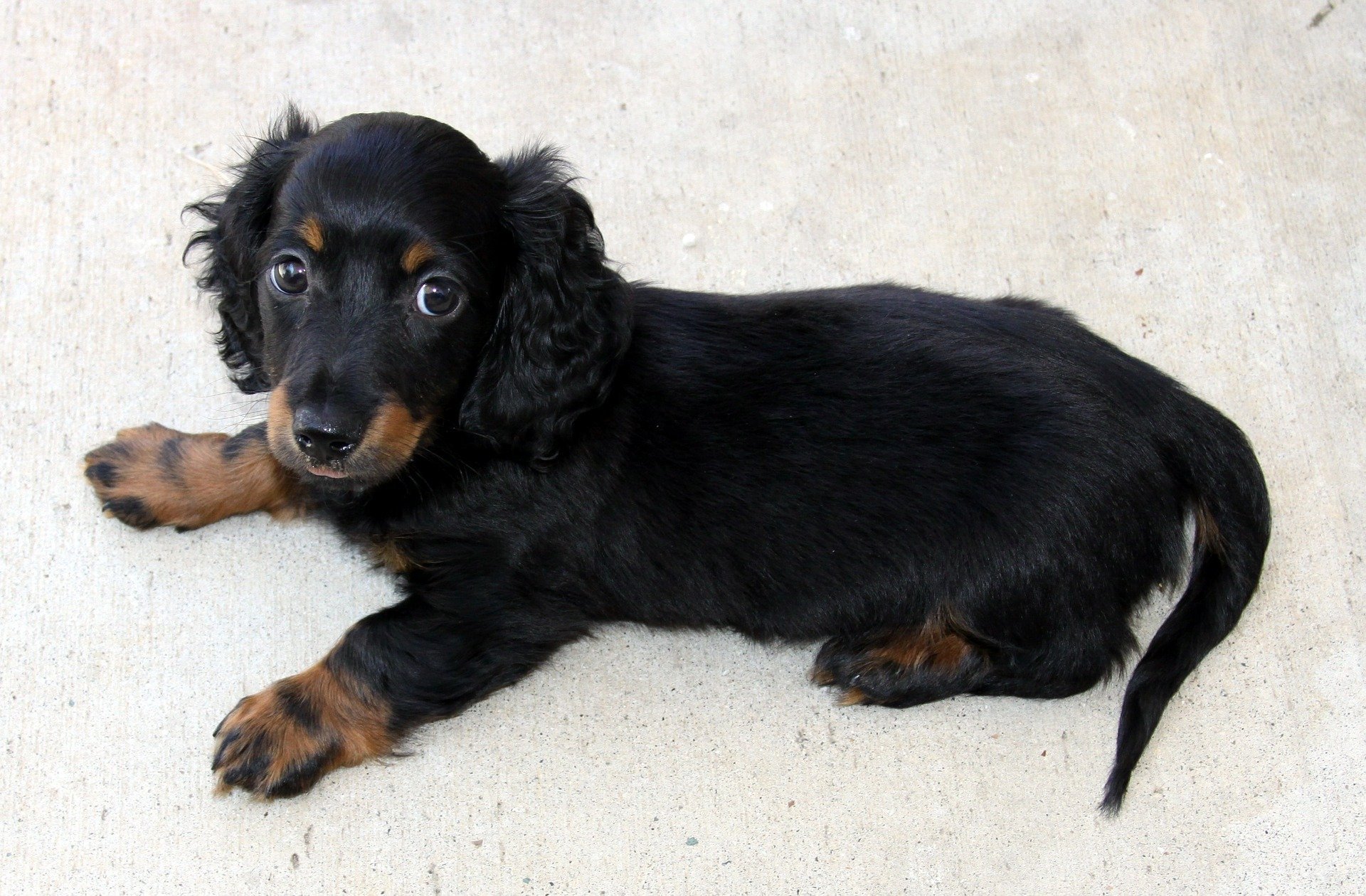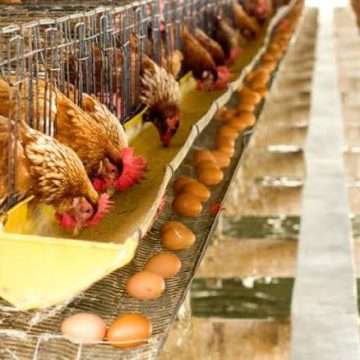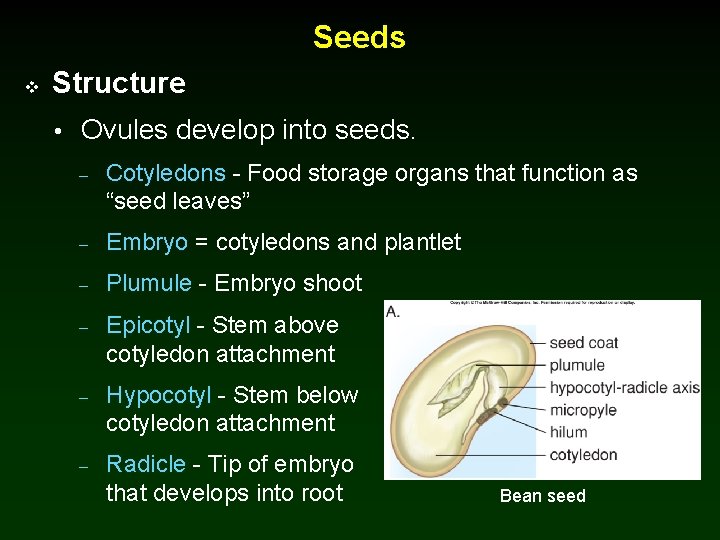What is a Seed simple definition?
A seed is a fertilized ovule (the unit of reproduction) containing an embryonic plant.
Seeds develop from fertilized ovules that have undergone growth and development.
The food required for the development of the ovule is obtained partly from the nucellus and partly from the parent plant.
Under proper conditions, a fully developed seed grows into a seedling that proceeds to become a mature plant.
The seed is usually independent of the parent plant when it begins to develop into a seedling. It, therefore, must have a store of food in it.
Most seeds contain a sufficient store of food to give the seedlings a good start in life.
Usually, only ten percent of the weight of the seed is due to water.
Seed Structure and Functions
A typical seed consists of a seed coat enclosing an embryo.
The seed coat is the outer covering which, in most seeds, is made up of two layers, an outer testa, and an inner tegmen.
The testa is usually thick while the tegmen often appears as transparent membranous tissue.
These two layers protect the seed from bacteria, fungi, and other organisms that may harm it.
A scar known as the hilum is found on one part of the seed – This is the point of attachment of the seed to the seed stalk or funicle.
The seed is attached to the placenta of the fruit by means of the seed stalk.
Situated near one end of the hilum is a tiny pore – the micropyle.
This pore admits water and air to the embryo. The embryo consists of one or two seed leaves, or cotyledons, a plumule (the embryonic shoot), and a radicle (the embryonic root)
The tip of the radicle is opposite the micropyle. the plumule and radicle together form the axis of the seed.
This is attached to the cotyledons at the junction of the plumule and radicle.
In most seeds, the cotyledons are swollen as they contain stored food for the growing plumule and radicle.
Such seeds are described as cotyledonous, exalbuminous, or non-endospermic seeds.
However, a few other seeds have their food stored in the nutritive endosperm.
There may also be one or two cotyledons in such seeds, but they usually occur as thin, transparent structures.
Such seeds are described as endosperms, albuminous, or non-cotyledonous seeds.
Seeds with one cotyledon are monocotyledonous while those with two are dicotyledonous.
This is the major basis of differentiation between the two large groups of plants, the monocotyledons, and the dicotyledons.








